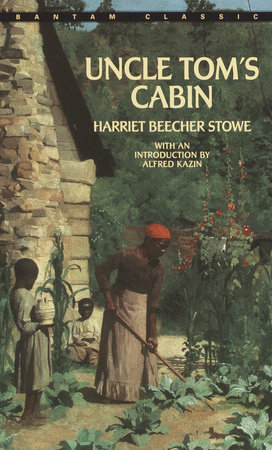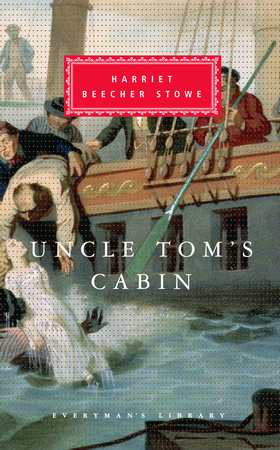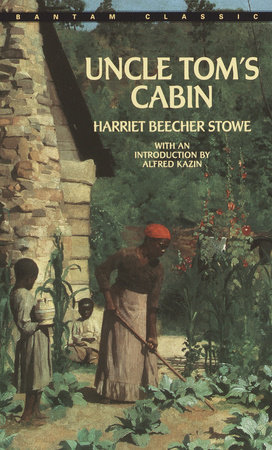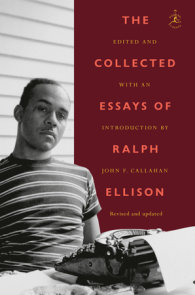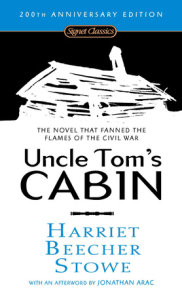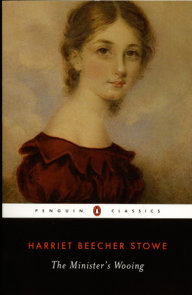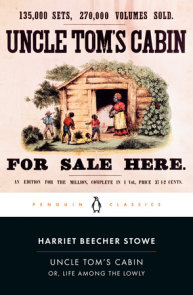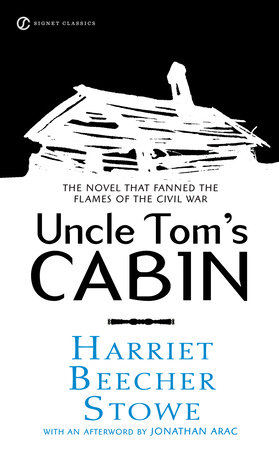

Add to Bookshelf
Uncle Tom's Cabin
By Harriet Beecher Stowe
Introduction by Jane Smiley
By Harriet Beecher Stowe
Introduction by Jane Smiley
By Harriet Beecher Stowe
By Harriet Beecher Stowe
By Harriet Beecher Stowe
Introduction by Alfred Kazin
By Harriet Beecher Stowe
Introduction by Alfred Kazin
By Harriet Beecher Stowe
By Harriet Beecher Stowe
By Harriet Beecher Stowe
By Harriet Beecher Stowe
Best Seller
Part of Modern Library Classics
Part of Everyman's Library Classics Series
Category: Classic Fiction | Literary Fiction | Historical Fiction
Category: Classic Fiction | Literary Fiction | Historical Fiction
Category: Classic Fiction | Literary Fiction | Historical Fiction
Category: Classic Fiction | Literary Fiction | Historical Fiction
Category: Classic Fiction | Literary Fiction | Historical Fiction

Paperback
$12.00
Jan 09, 2001 | ISBN 9780375756931
-
$12.00
Jan 09, 2001 | ISBN 9780375756931
-
$5.95
Dec 01, 1982 | ISBN 9780553212181
-
$30.00
Apr 18, 1995 | ISBN 9780679443650
-
Jul 01, 2003 | ISBN 9780553897692
-
Nov 01, 2000 | ISBN 9780679641988
YOU MAY ALSO LIKE

The Call of the Wild & White Fang
Paperback
$9.00
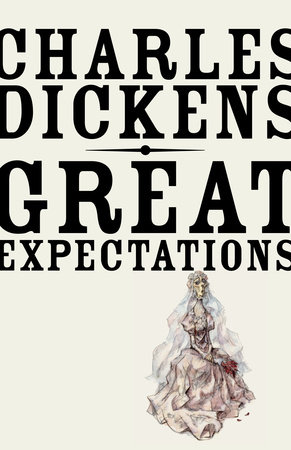
Great Expectations
Paperback
$12.00
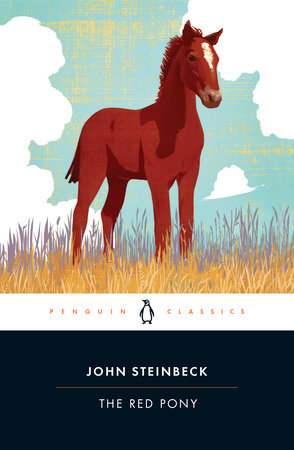
The Red Pony
Paperback
$14.00
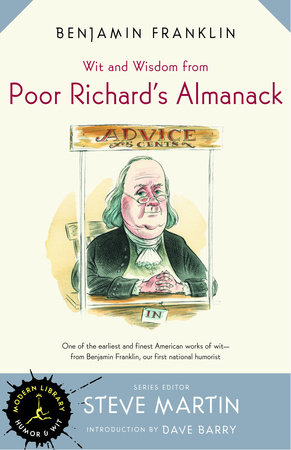
Wit and Wisdom from Poor Richard’s Almanack
Paperback
$15.00

Vintage Hughes
Paperback
$14.00
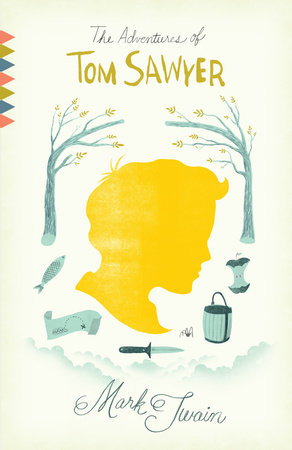
The Adventures of Tom Sawyer
Paperback
$9.00
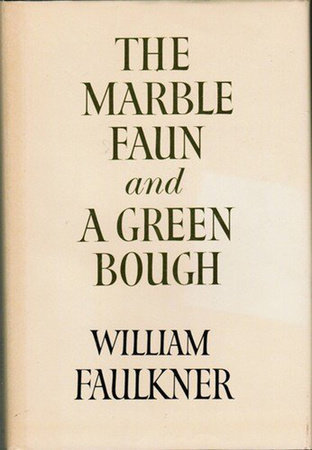
The Marble Faun and A Green Bough
Ebook
$5.99

The Winter of Our Disconnect
Paperback
$16.95

The Middle Passage
Paperback
$16.00
Praise
"Uncle Tom’s Cabin is the most powerful and enduring work of art ever written about American slavery."
—Alfred Kazin
Looking for More Great Reads?
21 Books You’ve Been Meaning to Read
21 Books You’ve Been Meaning to Read
×
Become a Member
Just for joining you’ll get personalized recommendations on your dashboard daily and features only for members.
Find Out More Join Now Sign In






